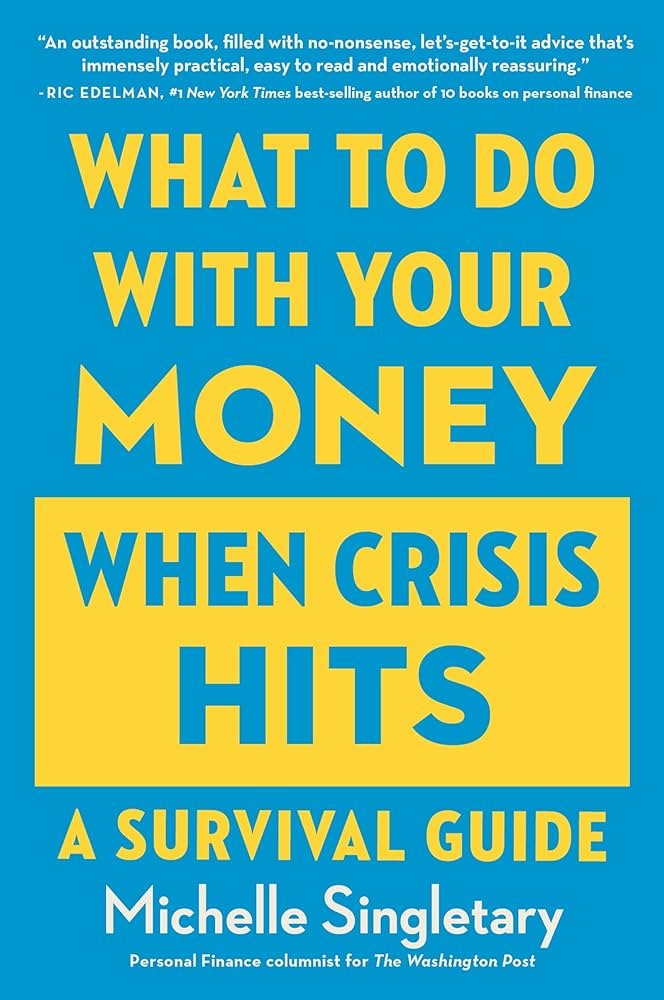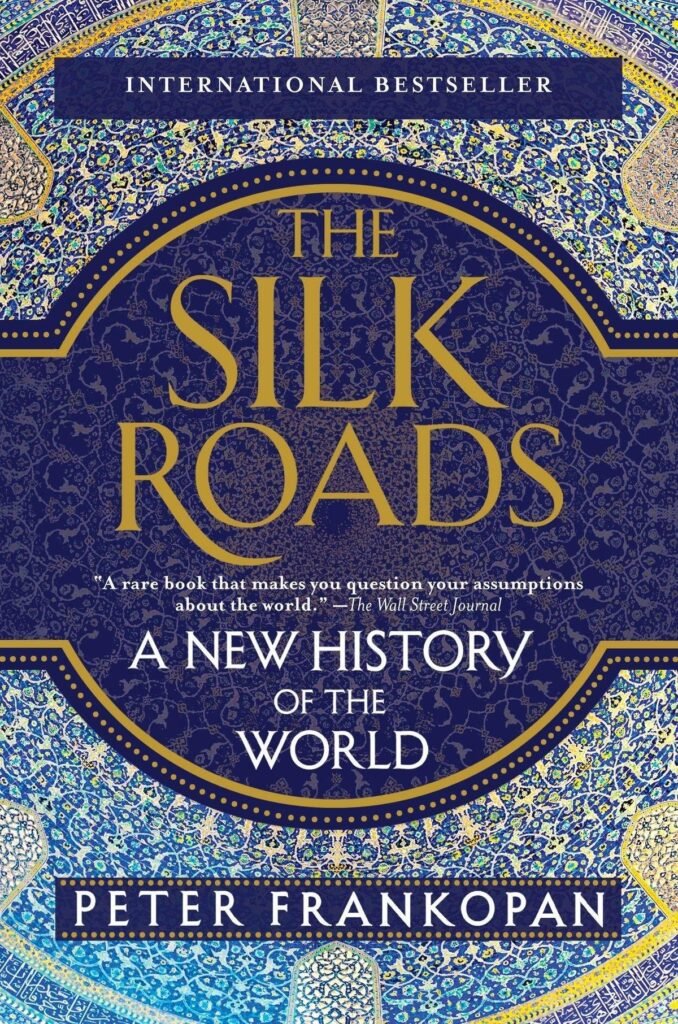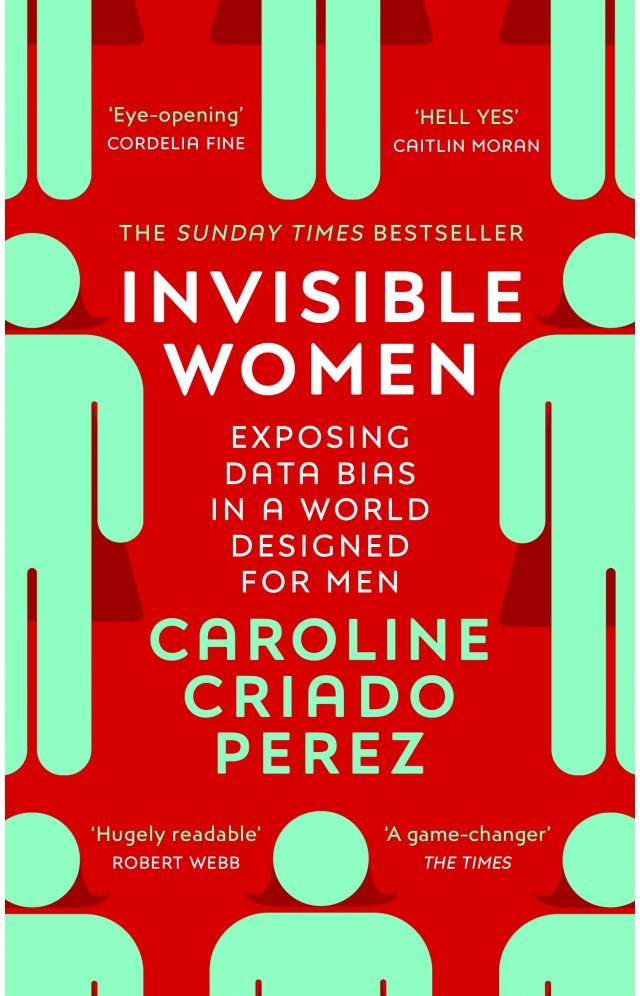Develop expertise in personal finance, investing, and the psychology of decision-making and earning money.
“Business and Economic Book Sales in the US Reach 10-year High, NPD Says.”
So, to help you best through these options, here they are – the top choices in the biography genre; books on managing money, as well as investments; an amusing reference book on cryptocurrency, policies affecting economics; scandals and personalities revealed; and the process behind decision-making in the stock market, among others, as well as the overall top pick book on negotiating. These books, written by authors of different ethnic backgrounds, seem to give the most global picture and perspective on the economy during these complex and high-stake periods and can avoid some ‘stupid’ money decisions.
Best Overall: No Filter: The Inside Story of Instagram

Sarah Frier’s No Filter: The Inside Story of Instagram is our top pick for finance books, but it’s much more than just a tale about two tech-savvy guys building an app and selling it to Facebook.
Frier, a Bloomberg editor who covers Big Tech, crafts a compelling narrative about the true power of social media. She delves into how it can sway elections, impact users’ self-esteem as they compare themselves to celebrities and influencers, and often cause more harm than good despite its positive facade. She also provides an inside look at Facebook, particularly focusing on Mark Zuckerberg, whom Instagram co-founder Kevin Systrom called the most strategic thinker he has ever met. It’s a captivating read.
“If Facebook was about friendships, and Twitter was about opinions, then Instagram was about experiences—anyone could be interested in anyone’s visual experiences, anywhere in the world,” Frier notes. In 2010, Instagram co-founders Mike Krieger and Kevin Systrom started to realize the potential of their app for sharing photos and videos. This led Facebook’s Mark Zuckerberg to acquire Instagram for $1 billion two years later.
Best on Personal Finance: Rich Dad Poor Dad

But every investor knows that we shouldn’t be rich based on how much we earn, but on how much we save – an insight that forms part of Rich Dad Poor Dad, now available in its 20th anniversary edition. This narrated book which emphasizes the importance of financial literacy in acquiring wealth profiles a role model or “rich dad” a friend’s father who made his fortune selling production and carrying out commerce and “poor dad” the author Robert T. Kiyosaki’s father a government employee his entire working span and a “news daze” socialist.
Kiyosaki makes his “rich dad” lessons come alive in co-writing what is still considered one of the best personal finance books up to this day, even if it was written 25 years ago. Chapter 2 asks for the “American dream of owning a home” which Kiyosaki articulates as being a ‘bad’ way of investing money since paying rent, repairing, or maintaining a house is a waste of money, after defining what an asset is and is not, in Chapter 4, the author examines history and taxes and the might of corporations. He says that many things define financial literacy, but at its base, it means having accounting and investment knowledge and being knowledgeable in the market and legal systems.
At the end of each chapter, a ‘Study Session’ section condenses the core content and asks questions.
The book has consistently been one of the Triumphs of the decade; it took eight months to reach the New York Times bestseller list and stayed there for nearly seven years. “It provides interesting and informative content that is particularly helpful for a generation on the precipice of key financial decisions,” noted Eric Estevez, an Investopedia Financial Review Board member and an independent insurance broker. This particular spark is one reaffirmed by others too; “Robert is known to easily explain simple financial information to his audiences. ”
Best Cryptocurrency Reference: The Basics of Bitcoins and Blockchains

Speaking of the cover, it deserves admiration: this is not just an image that can lure the viewer into purchasing the book; the title is well-deserved, as the book facilitates an understanding of cryptocurrencies as a whole. One such individual is Antony Lewis, a formerly employed technologist at Credit Suisse in Singapore and London who entered the banking industry to work in the startup known as iBit through which clients carry out trades in Bitcoins among themselves and has never regretted it.
In forming nine chapters, Lewis first examines money before proceeding to digital money, cryptography, cryptocurrencies, digital tokens, and blockchains. As he gets to a point, he uses pictures, graphs, tables, pie charts or any other appropriate infographics. According to Lewis, it is best to refer to Bitcoin as an “electronic asset” because thinking of it this way prevents the fogginess of concepts from the physical world that do not translate over such as what resides behind it (nothing, in fact), or who sets interest rates (there are none).
Vinamrata Chaturvedi, the senior editor at Investopedia specializing in blockchain and cryptocurrency, has been similarly impressed with the book — as well as those that it has spawned: “What are some of the questions that we have when it comes to blockchain? Well this book answers them all ladies and gentlemen, yes it does; here we have not only an explanation of blockchain to the uninitiated, but more than that, it is
Lewis frequently says that he is a fan of the crypto market however he also stresses the dangers of it to the investors. To wit, in the “Scams” section, he examines different scams such as Ponzi, exit and fake scams, pump-and-dump schemes, ICO scams, spoof ICOs, scam mining, and fake digital wallet scams. “Many people have got rich and poor while trading cryptos and investing in ICOs but the problem is that there is real danger,” he warns. If one is willing to engage himself, he should do so mincing no words in undertaking thorough research to avoid being exploited.
Best for Investing: A Random Walk Down Wall Street

Burton G. Malkiel, renowned as an economics professor, former Vanguard director, and ex-dean of Yale School of Management, is best known for his enduring contribution to finance: the well-liked and well-established Random Walk book, which was initially published in 1973 and is currently in its 12th edition released in 2019. If you want to opt for the old-style yellow cover, you can get it until Jan. 2, 2023; however, the 50th-anniversary green cover will be available from Jan. 3, 2023.
Malkiel further elaborates by defining a random walk as a situation that is characterized by the inability to predict either subsequent steps or directions based on past events. “When applied to the stock market, then it means that short-term fluctuations in stock prices are random. ” Do you have any guess if this fragment was ever read by an author of stock market-related books?
Amy Drury, Financial Review Board member of Investopedia and the CEO/founder of financial training company OnPoint Learning deserves to be appreciated for her recommendation of this book. “I read it a while ago but decided to give it another look a few months ago and it is a good look at the world of finance and investing all in one place though it can be quite heavy so, not a very good book to read at the beach but it is a good book to read when you are very bored and you need a book that you can refer to next time you are seeking knowledge on a specific topic. ”
Best Personal Finance Disaster Management: What to Do with Your Money When Crisis Hits: A Survival Guide

Michelle Singletary’s personal finance book offers readers two valid approaches: from cover to cover without skipping a chapter or topic, or jumping directly to the most pressing information and then proceeding in a linear manner with the remaining information. Today, focusing on the basics in the realms of money management and crisis management, Singletary offers eloquent, easy-to-comprehend, and useful answers to questions All About Money in her book Survival Guide, which is an extension of her syndicated newspaper column “The Color of Money” for WA.
In times of financial strain, Singletary recommends triage: namely, focusing on the basic needs, such as food, and negotiating with the remaining creditors for repayment.
It should be focusing only on food and negotiating with the rest of the creditors for a repayment plan. The emphasis that could potentially deem her book unique to the target audience is in the sense of urgency, top financial priorities, as well as comprehensible tips and advice for the audience: from yawning high earners with more money than brains to the new generation of people, who do not even know that there exists a thing called financial self-care.
The subchapter “Resources” is also presented in the book and it contains a list of various organizations, companies, and agencies, which may deliver important and helpful information to consumers.
Best Global Perspective: The Silk Roads: A New History of the World

For the layman, the term “silk roads” may denote smooth and glamorous roads and lustrous silks in foreign countries. However, herein lies the rub. In his book titled “The Silk Road – A New History” published in 2015, Peter Frankopan, the global history professor at Oxford University narrates centuries of travels of merchants and their intermediaries, soldiers, and leaders through the Arabian Peninsula, China, Balkans, South Asia, and,
other parts of the world through the hazardous territories of the Silk Road. These travelers faced such challenges as they had to move through territories characterized by fluctuating climates, violence, theft, deadly diseases, social revolutions, and the emergence of new religions, which led to becoming a fighting ground for power.
While silk reached its financial peak and some other types of goods, such as grain, lost their value or became unreliable, silk turned into an international currency. It was to be a means for creating and sustaining new cities while the old cities ebbed away, all for the sole aim of doing business.
“Its author, Peter Frankopan, a historian and researcher of the history of the Silk Roads, succeeds in clearly illustrating that the center of activity is (still) there for business,” stresses David M. Roth, the CEO of Wakaya Group and the former director of the FIJI Water in Fiji. “And like our contemporary rage for historical narrative, Frankopan also aids us in putting things into perspective and being able to explain present-day problems in light of the history of man. It summarizes with Carville who once said in a memorable line, ‘It is and always will be about the economy’. ”
Frankopan’s follow-up, The New Silk Roads: These assertions are expanded upon in The New Asia and the Remaking of the World Order (2018, Vintage).
Best on the Dangers of the Gender Data Gap: Invisible Women: Data Bias in a World Designed for Men

In her acclaimed book, Caroline Criado Perez reveals how the data gender gap leads to widespread disadvantages for women, costing both companies and governments missed opportunities and reduced productivity.
Medical studies and safety measures often overlook women, with car safety systems and personal protective equipment designed for men, resulting in increased risks and injuries.
Even transportation systems favor male-centric models, leaving women to rely on inefficient public transportation.
Criado Perez highlights the unintentional yet ingrained nature of this bias, urging awareness and action to bridge the gender data gap.
Best Biography: The Snowball: Warren Buffett and the Business of Life

The individual at the helm of Berkshire Hathaway, Warren Buffett, dubbed the “Oracle of Omaha,” has inspired a plethora of literary works across diverse languages. However, his personal narrative was shrouded in secrecy until Alice Schroeder’s invitation to unveil it through her biography remained largely enigmatic. Buffett, with a candid directive to Schroeder, urged her to favor less flattering depictions whenever discrepancies arose between versions.
Schroeder’s acclaimed biography, a bestseller in The New York Times, delves into Buffett’s lineage, rooted in French Huguenot and German ancestry, likely guided by the motto “spend less than you make” with a cautionary note against indebtedness. From his arrival on the scene just ten months after the 1929 stock market crash to his unorthodox marital journey and parenthood, to the myriad transactions and the spectacle of Berkshire Hathaway’s celebrated shareholder gatherings, Schroeder navigates the rich tapestry of Buffett’s life.
Buffett, attributing his triumph to “intelligent parents” and a stroke of luck, showcased an early acumen for financial matters. At the tender age of ten, he grasped the essence of economic independence, the rudiments of stock trading, and the nuances of equity volatility. His analogy of compounding mirrors a snowball gathering momentum as it descends on a snow-covered slope. At 82 years young, still engaged in his craft, Buffett stands as one of the wealthiest individuals globally, boasting a staggering estimated net worth of $99.7 billion at the time of this composition.
Best Origin Story: Trillions

“During the last decade, a significant proportion of investments funneling into the U.S. financial sector—80 cents of every dollar—have found their way to Vanguard, State Street, and BlackRock,” notes Robin Wigglesworth, the editor behind Financial Times’ Alphaville, a specialized news outlet catering to financial practitioners. Wigglesworth’s insightful book chronicles the inception of index funds up to the present, delving into the implications of their overwhelming prevalence.
In his narrative, Wigglesworth presents a diverse cast of 32 individuals, notably featuring only two women: Jeanne Sinquefield, a trailblazer in derivatives design, and the former CEO of Barclays Global Investors, Pattie Dunn. Among the prominent figures are:
- Louis Bachelier, a French mathematician from the early 20th century, is revered for his groundbreaking work on stock market dynamics, particularly the concept of the ‘random walk,’ laying the foundation for passive investment strategies.
- Warren Buffett, the esteemed Chairman and CEO of Berkshire Hathaway, who famously won a decade-long bet in 2017 against Ted Seides of Protege Partners, affirming the superiority of index fund returns over a basket of hedge funds.
- Jack Bogle, the revered founder of Vanguard, affectionately dubbed “Saint Jack” for his pioneering role in democratizing index funds. Despite grappling with doubts about their efficacy towards the end of his life, Bogle remained a staunch advocate, recognizing them as a monumental innovation in finance. Reflecting on their potential growth and implications, he remarked, “It’s hard to know how big we can get, and the consequences… But to solve this, we should not destroy the greatest invention in the history of finance.”
Best for Decision-Making Skills: Thinking, Fast and Slow

For instance, Psychology graduate Daniel Kahneman was awarded the Nobel Prize in Economics in 2002, albeit not an economist by training, for his work in economics on prospect theory. He frankly states that he would indeed like to have shared this honor with Amos Tversky had it been possible since they contributed heavily to the theories of heuristics especially in judgment and decision-making. Prospect theory, which is founded on their study, explains how people make decisions regarding potential profits and risks, where value primarily focuses on gains rather than losses.
Moreover, Kahneman’s studies revealed an intriguing insight: It proves that women are better investors than men do and prefer more secure and stable occupations. When the going gets tough or poor performance is posted by the companies in which they have invested their hard-earned money, women lock their investments while men develop panic buttons and waste their investments in the pit. Going further into detail Kahneman opines that each individual is involved in handling about 35,000 decisions in a day counting from the shortest decisions concerning the morning schedule to the longest concerning some crucial aspects of life.
This book, primarily non-fiction, appears to be the product of meticulous research using quantitative methods to arrive at conclusions and feelings, often substantiated with real-life examples and stories from Kahneman’s own professional and personal life. Notably, in 2016, Michael Lewis penned “The Undoing Project: The Goal Syndrome”: An article narrating the story of Kahneman and Tversky as friends and partners, and suggesting insights on the goal syndrome.
IF YOU WANT TO READ MORE ABOUT FINANCE/BUSINESS THEN CLICK THE LINK DOWN BELOW

